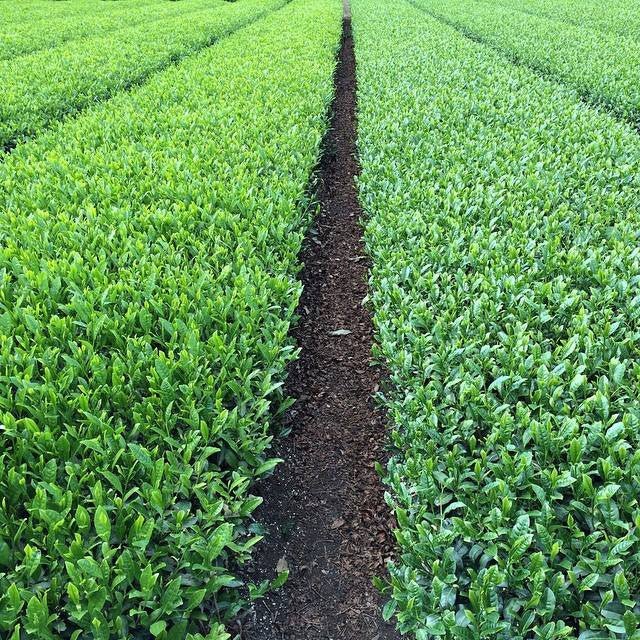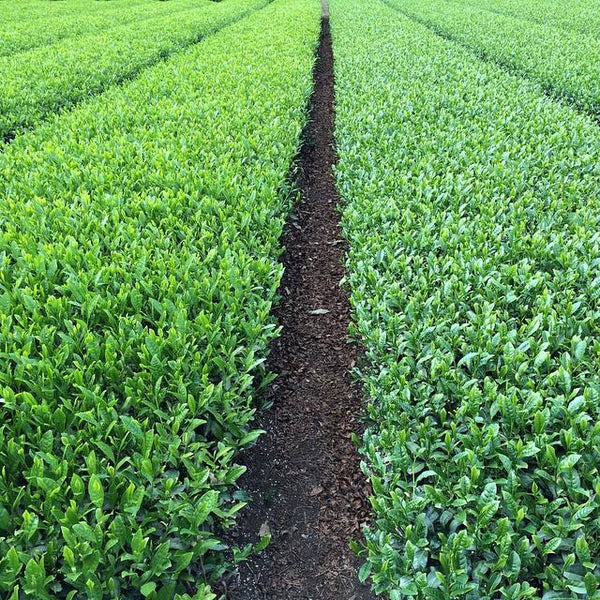Factors that determine the quality and type of Japanese tea > Cultivation > Cultivars
Cultivar - A cultivar is a “cultivated variety”. When specific characteristics are recognized in a plant, that plant’s DNA maintained by propagating new trees from cuttings. There are over 200 cultivars registered in Japan alone, but the Yabukita variety dominates some 75% of Japanese tea production.
Diversity has increased in recent years (as of 2018) with other major types including Yutaka Midori (6%), Samidori (3%), Okumidori (3%), Sayama Kaori (2%), Kanaya Midori (1%), Asatsuyu (1%), Zairai (2%, considered a type in Japanese as the definition is slightly different. In English, strictly speaking these are plants grown from seed, and therefore a non-cultivar), and others (7%).
There are many reasons for using different cultivars--different colors, different flavor profiles, and there are reasons not related to flavor. Some cultivars will be ready for harvest earlier or later than others allowing a farmer to schedule harvesting at different times (instead of rushing to harvest all at once), others are more resistant to certain types of pests or diseases that might be more common in a certain region.
Yabukita and Okumidori tea field side by side at the Azuma Tea Garden
When creating a field from seed taken from a specific cultivar, the term “mishou” (実生, literally “seedling”) is added: Yabukita Mishou. (Data from 2014, Ministry of Agriculture, Farms and Fisheries)
You can search for specific cultivars by using the advanced filters on parent collections (for example on the Green Tea collection). We have also published a list of Japanese cultivars with links here.




